We have much more to do and your continued support is needed now more than ever.
Together We Can Make a Splash for Wildlife and Clean Water
We all need clean water to survive. When I see a wild animal splish-splashing around in wetlands, rivers or streams, it renews my love for clean water. This month we want to “make a splash” for clean water by passing along our support on Twitter and Facebook. We can give a voice to these (and all) species that rely on clean water.
Black Bears
If salmon is readily available, it’s a major component of a black bear’s summer diet in Alaska. These bears need crystal clear streams to keep the salmon running.

Backyard Birds
Wildlife need sources of clean water in backyard habitats for drinking, bathing and reproduction.
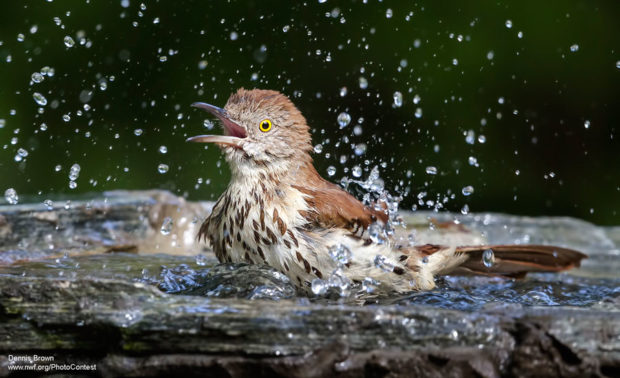
Humpback Whales
Each year humpback whales follow a migration pattern from warm to cold waters, and back again. Some make a round trip journey of 10,000 miles! You may observe humpback whales throwing themselves out of the water in an acrobatic behavior called breaching. We need to keep the waters where they live safe and healthy.
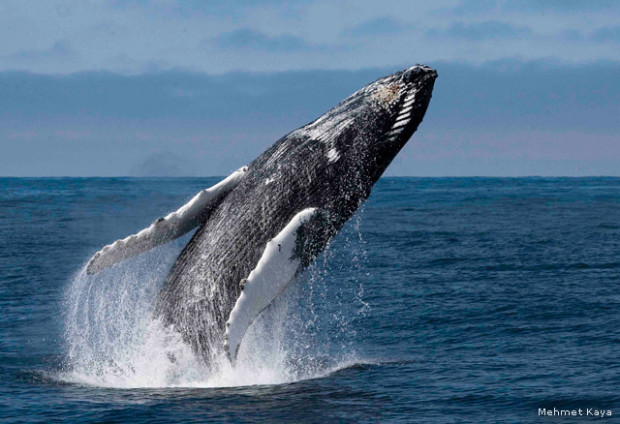
Polar Bears
Polar bears spend so much time in water, they are considered marine mammals. They’re also impressive swimmers, able to swim many hours at a time and covering long distances.
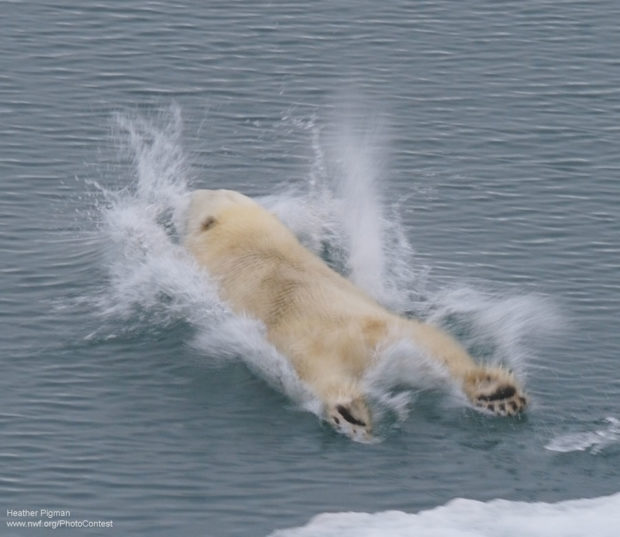
Osprey
Another common name for osprey is fish eagle. It’s fitting, as 99% of an osprey’s diet consists of fish. You might observe osprey carrying their catch head forward to make it more aerodynamic as they fly. Restored coastal habitat and clean water let these raptors soar.
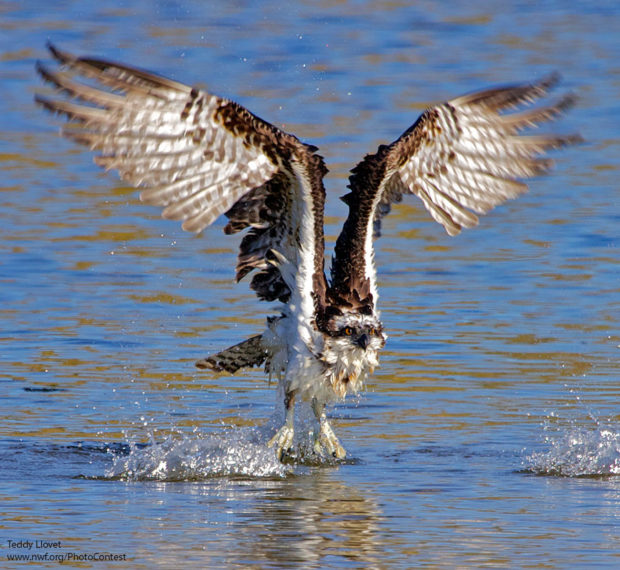
Moose
They may not look like it, but moose can swim at speeds up to 6 mph. They depend on healthy waterways that aren’t contaminated by oil spills or trashed by mining operations.
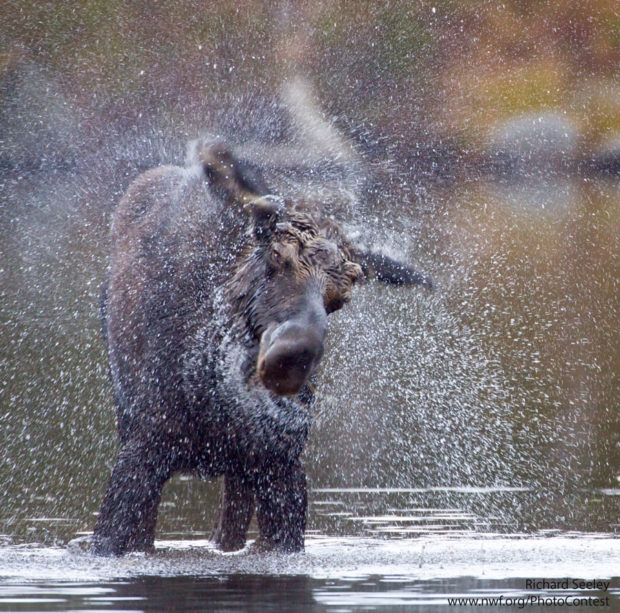
Waterfowl
Hooded mergansers find their prey underwater by sight. They have an extra eyelid (nictitating membrane) that protects their eyes while swimming, much like goggles. Protected wetlands provide essential habitat for mergansers and other waterfowl.
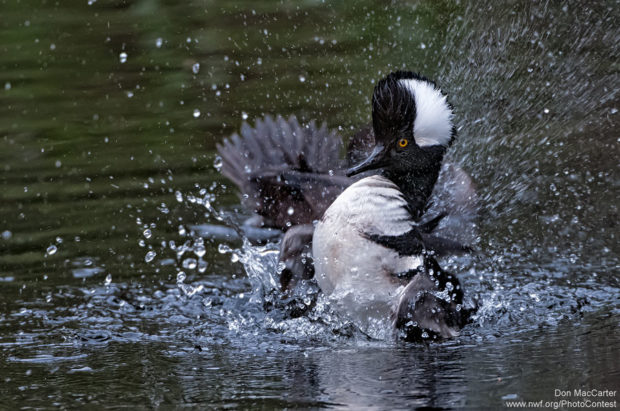
Brown Bears
Coastal brown bears feed on fish, specifically salmon. This protein-rich diet often makes them larger than other species of brown bears. They find abundant fishing in pristine waters.
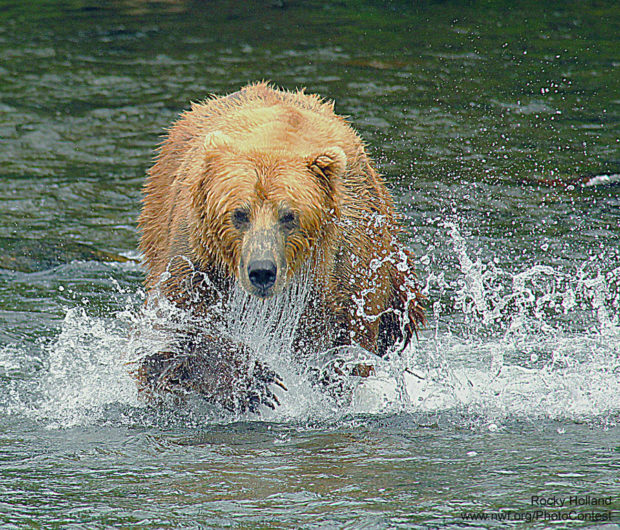
Alligators
Healthy waterways in and around Florida’s Everglades provide an amazing ecosystem, alligators included.
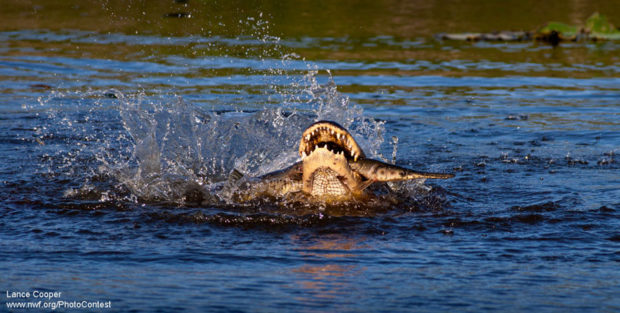
Make a Splash
![]() One of the best ways to make a splash to protect clean water for wildlife is to take action! Send this message to President Obama and your members of Congress to stand firm against any and all attacks on the new Clean Water Rule and Clean Water Act.
One of the best ways to make a splash to protect clean water for wildlife is to take action! Send this message to President Obama and your members of Congress to stand firm against any and all attacks on the new Clean Water Rule and Clean Water Act.
Join us in making a splash for wildlife and showing your support for clean water on Twitter and Facebook this month.
RT to make a splash and #protectcleanwater for wildlife! pic.twitter.com/9fCRSJzABn
— National Wildlife (@NWF) July 7, 2015





















